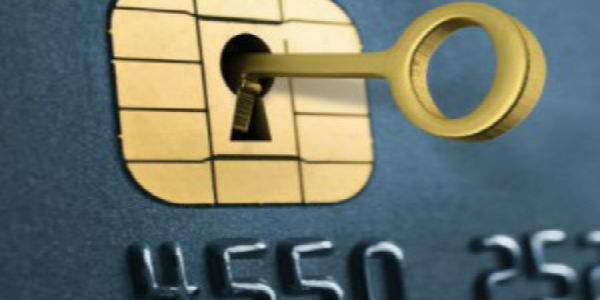Apple Pay and EMV security

Tokenization and smart cards create a one-two punch to protect member transactions.
by: Michelle Thornton
CUs are rightfully excited about the tokenization security process that underpins the much-talked-about Apple Pay. However, as CUs start to leverage tokenization, they can’t afford to ignore EMV (“chip”) cards, heralded as a huge leap in card security as they made a bigger foray into the U.S. market this year.
In simple terms, tokenization enhances security on cardless transactions in mobile and online commerce, as well as at the contactless point of sale. (It does so by removing the credit card number from a transaction and replacing it with a randomly generated number.) In contrast, EMV secures card-based transactions, using a specialized computer chip housed right in the plastic.
It’s possible to become confused because EMV and tokenization are often talked about in the same breath. They both use cryptography, and are both fraud prevention tools.
As a result of the confusion, some credit unions might wonder if having tokenization makes having an EMV strategy and adoption irrelevant. It doesn’t. Each technology is brilliant at what it does. And each one is less brilliant at standing in for the other.
In fact, choosing between tokenization and EMV is a little like choosing between your twin children. It’s the wrong idea. To fight fraudulent transactions in as many good ways as possible, credit unions need both tokenization and EMV.
continue reading »